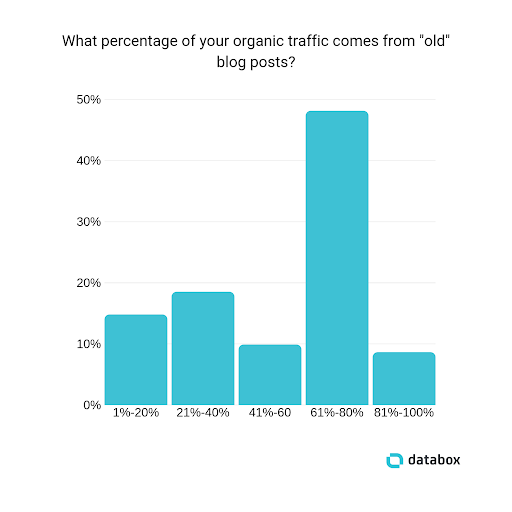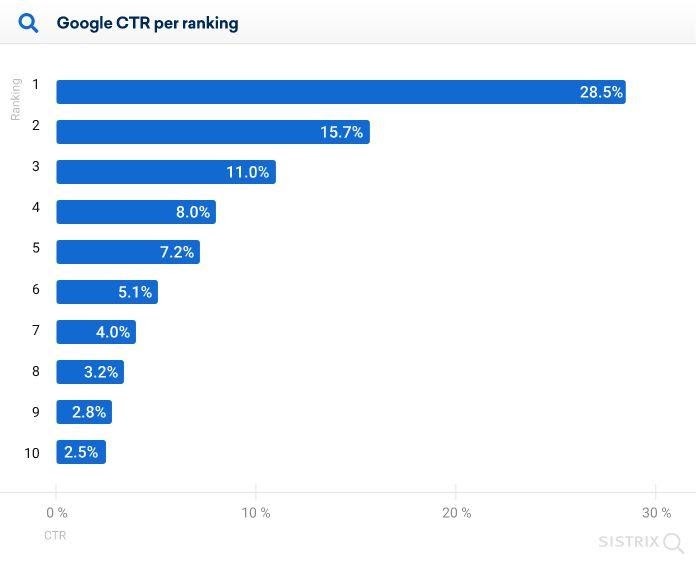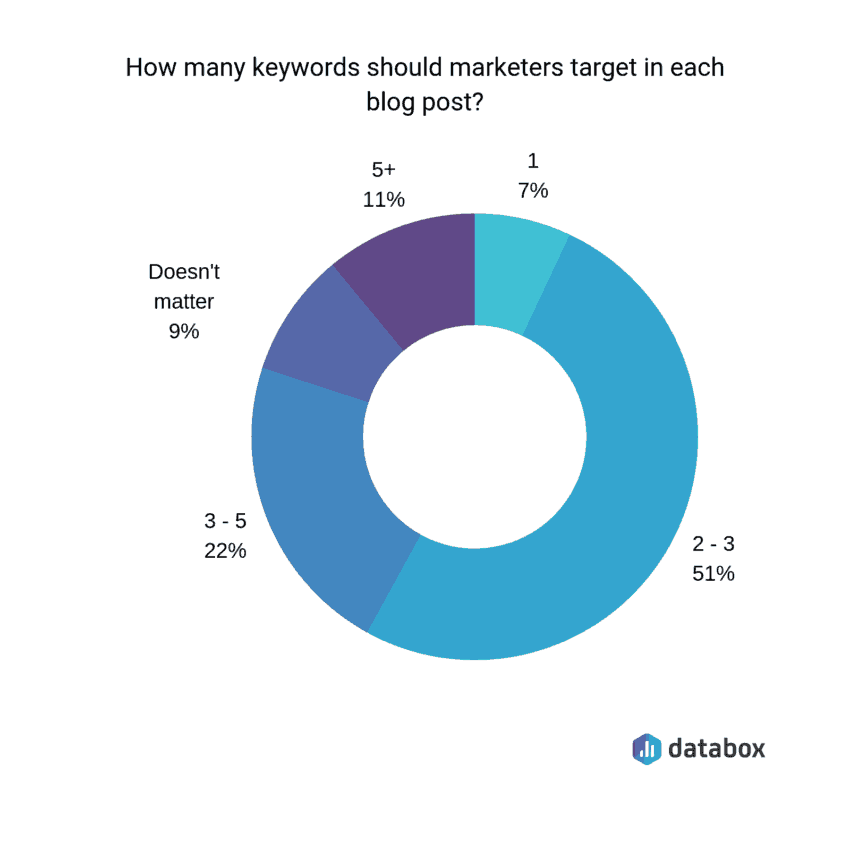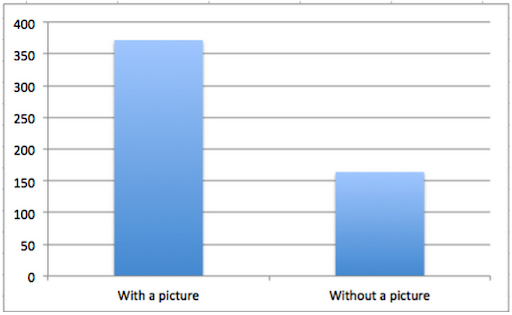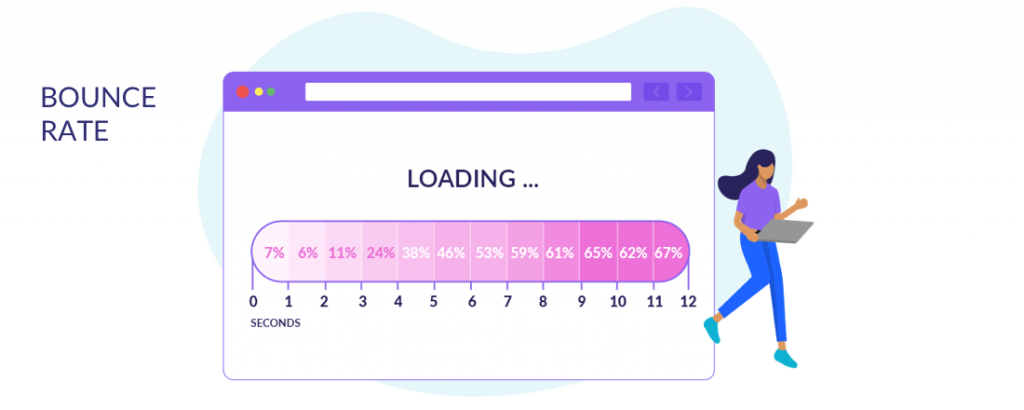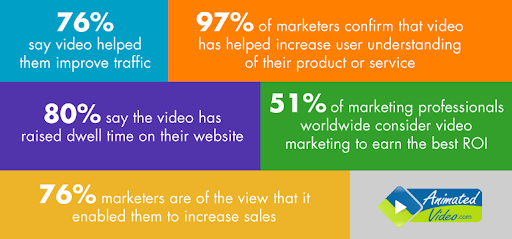How to Reoptimise Old Content and Earn More Traffic
Just because a blog is old doesn’t mean it’s time is up. We look at how to reoptimise old content to drive more traffic to your site.

Earning content for your company blog entails regularly creating articles that’ll attract and engage your audience. And no matter how proficient and skilful your writing team, their inspiration is not infinite and there will be times when it’s very difficult to come up with fresh content ideas.
However, that’s nothing to worry about. There are many ways to generate traffic by using your old content. In fact, almost half of experts claim that as much as 60-80% of their organic traffic comes from old blog posts, while nearly 10% of them report that this number is even higher. Still, around 15% of experts stated that their numbers are much lower in this respect and that their old posts earn less than 20% of their overall traffic.
How come these differences are so huge? Obviously, the success of old content depends mostly on the mere quality of the articles, but its performance can also be improved by using a few tricks and tactics that’ll help you optimise the content. Let’s check these in more detail.
What Kind of Content is Ideal for Reoptimisation?
Not every piece of content has the potential worthy of reoptimisation efforts. If all the metrics simply show that it’s not interesting to your readers and that it can’t generate any traffic, if it ranks low for all crucial keywords, and if you’re personally unhappy with its quality, you’ll have to give up on it or write a completely new one on the same topic.
The kind of articles you should focus on should be the ones earning some traffic, ones that have already been shared and linked to, and ones that satisfy your personal standards. Furthermore, they should already be well-ranked by search engines, and should ideally have already earned their place on the first page of Google’s SERP. Giving these pages just a little push to get them into the top 5 or even into the top position can mean a huge difference, as this can result in a drastic increase in traffic shares and CTR rates.
Update With New Data
The first thing you can do is make your content fresher. This means updating the articles with new data, stats or even whole new paragraphs that will cover current trends or current events related to the topic.
Updating your articles will get Googlebot to crawl your website more often, and it’s well-known that Google takes freshness of your content as an important ranking parameter for almost 10 years now. Furthermore, this will improve the relevance of your articles and boost the average time on site, which is also a vital ranking factor.
Finally, users who specifically search for fresh stats are usually bloggers or journalists that will often be keen to cite your page as a source. This means new backlinks and new social shares, which will bring more people to your website and also further improve the effects of your SEO efforts.
Review Links
The next thing you should do is review your sources as well as all the other links in your articles. Broken outbound links that lead to 404’d pages can seriously damage the user experience, and they’ll make your content seem less trustworthy. You should even do a review of outbound links that are actually working but link to less relevant sources and check if you can find some more reliable ones.
It’s even more important to do a thorough inspection of internal links. Internal linking is a great way to direct readers to other content they might be interested in and increase the flow of “link juice” that can boost the authority of your pages. Also, it’s easier for Google to find and index your pages if they’re strongly interconnected.
On the contrary, when a user lands on a broken page, they will leave instantly, which search engines always see as a bad indicator. And Google crawlers themselves don’t really rate links to 404 pages and too many of them could automatically decrease your site’s ranking.
Keyword Optimisation
Obviously, the actual quality and relevance of your content are the most important factors in improving rankings and increasing traffic to your blog. However, the exact phrasing you use can also make a significant difference and give your pages that little push they need to get to the very top of the rankings. That’s why you sometimes need to adapt the wording to make the content more visible.
This process is called keyword optimisation. It means optimising your content to include some exact phrases that either get searched a lot or simply bring in the most visitors.
Of course, this doesn’t mean overstuffing your pieces with these keywords to an extent where it seems ridiculous and unreadable. You ought to be very careful to fit in these keywords in a way that looks natural and that doesn’t affect the point you’re trying to make or the message you’re willing to send out. There are a few strategic places in the article that are valued by Google and this is where you should look to insert these phrases – the title, subtitles, title tags, meta descriptions, and the introduction paragraph. Here’s what SEO experts think about how many keywords you should target in each of your posts:
Furthermore, while conducting keyword research, don’t just blindly copy popular search queries without trying to understand their actual meaning. As search engines are becoming smarter, they’re focusing more and more on semantics and user intent, which is not always so obvious.
Thus, it’s vital that you don’t just concentrate on inserting certain phrases, but also on recognising users’ original search intent, answering their question and addressing their needs in the most direct fashion possible. Also, try using more specific, long-tail keywords and, when possible, lower competition terms that are still frequently searched.
Include Multimedia
Sometimes, improving content performance is as simple as adding an image or a video to otherwise hardly readable blocks of text. The amount of online content created every day is colossal, users are getting very tired of consuming it so you’ll have to let them rest their eyes for a bit and help them digest and understand what they’ve just read.
The efficiency of this method is well-proven. For instance, Facebook posts with images earn 2.3 times more engagement and inserting a photo once every 75-100 words gets you twice more shares than if you do this once every 150-175 words.
Including infographics in your content is also an excellent tactic. They can be very informative, convey some very complex facts, and help you do a great quick summary of some important points. And they do all that while remaining fun at the same time. Simple, straightforward and well-designed infographics will help you earn a ton of traffic and backlinks.
Fix UX Issues
Now, all the mentioned optimisation steps are concerned with user experience to some extent. However, making key changes in the UX in the narrow sense, which means proper management of on-site design elements and formatting is also crucial for getting the most out of your content.
The golden rule is to design the website and format the articles so that the visitors can read it and navigate it smoothly and effortlessly. There are a lot of parameters you need to take into account. Your site needs to be mobile responsive, to have enough white space, a readable font, and clear and visible subtitles and CTAs, to name just a few of these parameters.
Most importantly, you’ll have to make the website quick enough. Websites that take more than 7 seconds to load experience a bounce rate of over 50% on average, compared to just 11% for those that tend to load in 3 seconds or less. And every second is critical. People are getting less and less patient and they’ll leave immediately if they don’t get what they expect. Given that Google takes both page loading speed and bounce rate as big ranking factors, this can cause a true catastrophe for your online visibility.
Moreover, you should carefully analyse the overall performance of every piece of content you wish to re-optimise. This means studying the user behaviour data and this goes well beyond mere page loading speed. Using tools such as heat maps, session replays, scroll behaviour analysis, and advanced metrics like rage clicks or bird’s nest can help you identify problematic UX features that need to be fixed. Finally, listening to outright feedback from your readers in comments or DMs can benefit you a lot in this respect.
Repurpose Your Content in a Different Format
There are two ways of getting more out of your old content, the first one being refurbishing it and polishing it up a bit to maximise its efficiency. The second one is taking the already used ideas and repackaging them into another format.
This method is extremely convenient as you can basically get multiple different traffic generators out of a single idea. For instance, you can transform a well-performing article into a vlog or an animated video. Using the power of video can help you a lot in earning traffic – as much as 87% of video marketers claim that videos have increased traffic to their website. You can also convert quality articles into infographics, podcasts or an ebook.
Just have in mind that different formats demand different language, different length/duration, and an all-around different approach. Sometimes transforming your ideas into a different medium can be quite confusing, so you should look for opinions from both experts and laypeople whether they find your new content smooth and comprehensible. Listen to their feedback and make this new content as slick as possible before publishing it.
Conclusion
Reoptimisation of your content is a never-ending process. You need to continually analyse its performance, follow the trends, follow new updates on relevant topics and edit the content accordingly.
Old content is a gold mine that can sometimes be exploited indefinitely if you’re dedicated enough to constant revisions and refurbishments. Finally, don’t forget to share your updated content on social media and other channels you use in order to truly maximise the potential of content reoptimisation.
Really Simple Systems is now Spotler CRM
The same great technology, a CRM platform that is focused on the needs of B2B marketers, provided by the same great team, at a great price!
